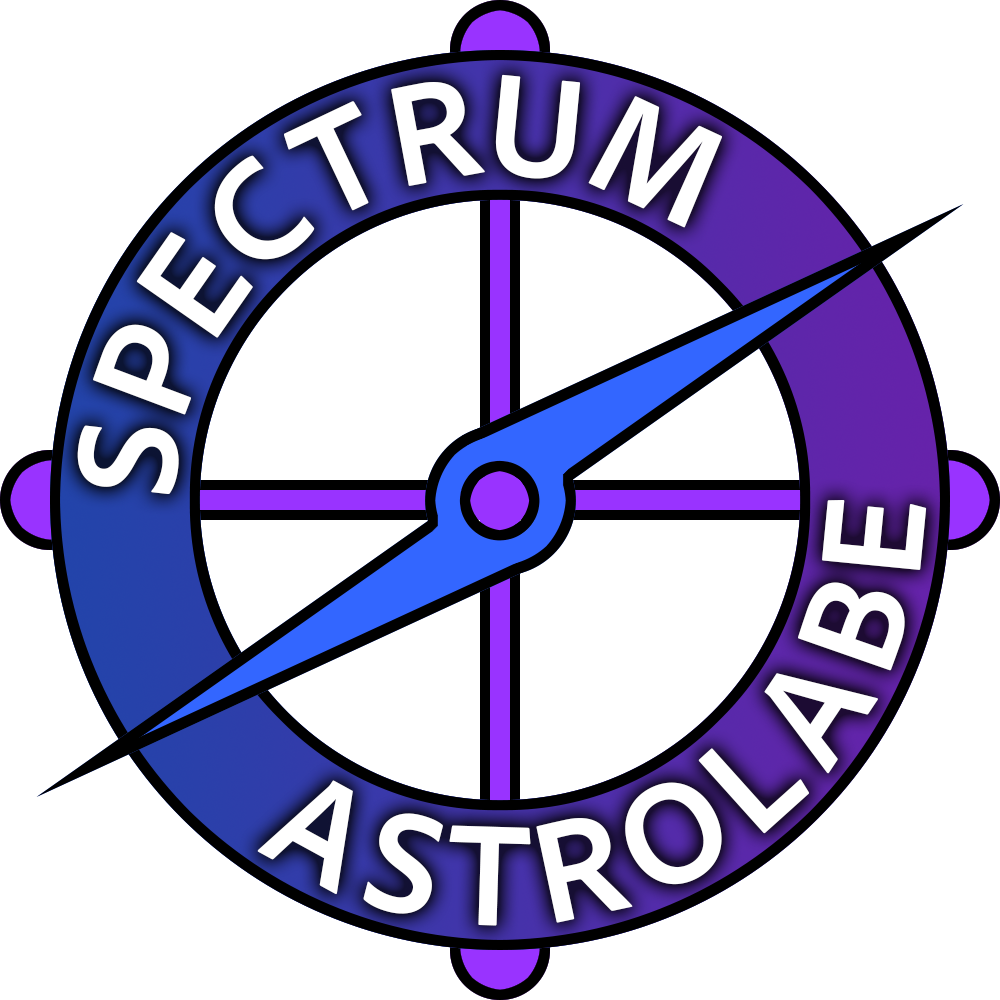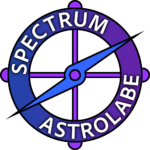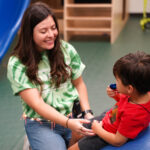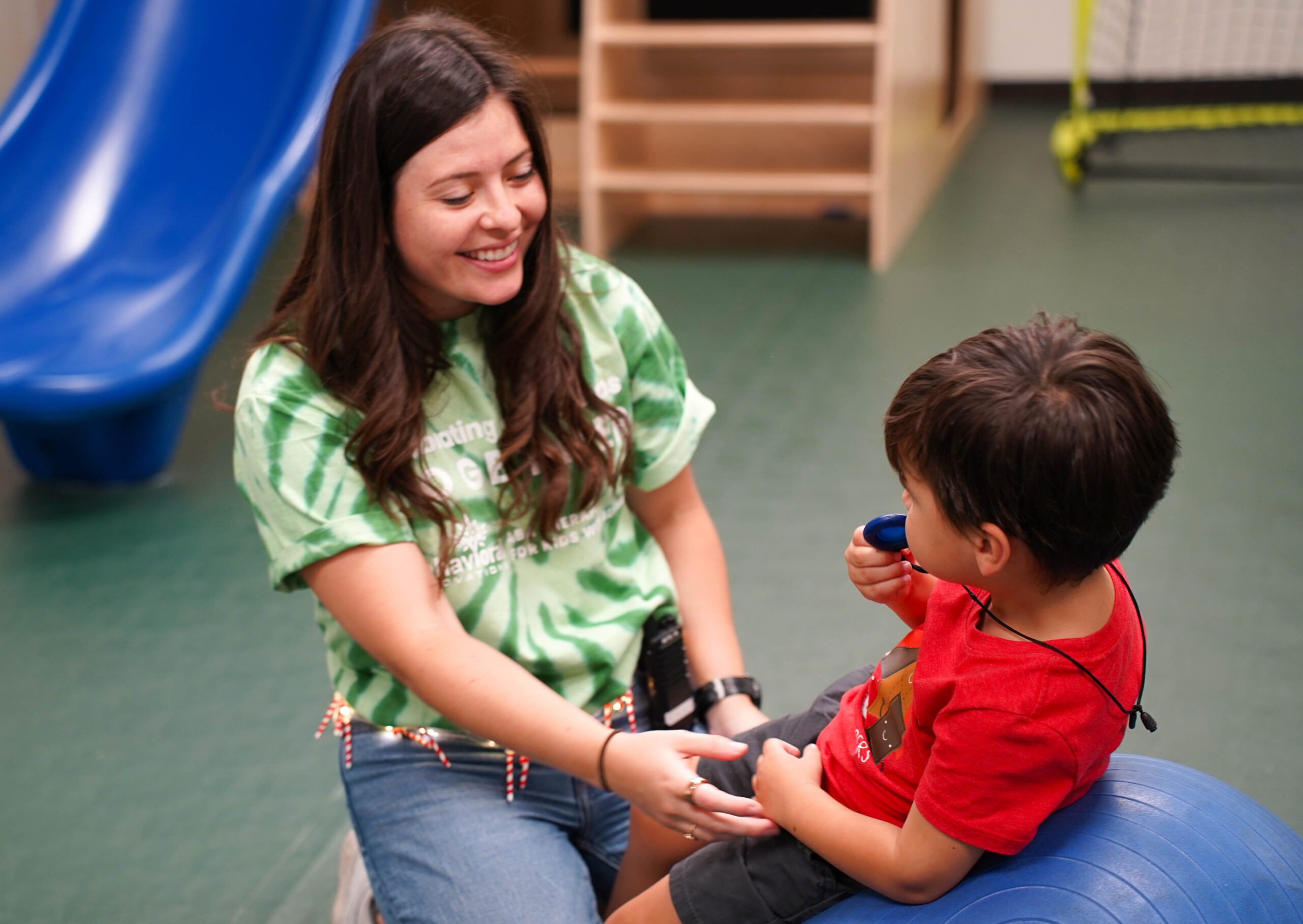Job interviews are often the gateway to employment, but for autistic candidates, they can be a significant barrier. First impressions in interviews are formed within seconds, heavily influenced by social behaviors, body language, and communication style. Many autistic individuals display social cues-such as limited eye contact, atypical facial expressions, or different ways of responding to questions-that differ from neurotypical norms. These differences are frequently misinterpreted as awkwardness, lack of enthusiasm, or even dishonesty, leading to negative first impressions that persist throughout the hiring process.
Research consistently shows that interviewers rate autistic candidates less favorably than non-autistic candidates, often regardless of the candidate’s actual qualifications or experience. This bias emerges within the first moments of interaction and is resistant to change, meaning that autistic candidates are less likely to be hired based on these superficial judgments rather than their true capabilities.
Why the Traditional Interview Is a Barrier
Traditional job interviews are designed around the assumption that the best candidate is someone who can quickly establish rapport, read and respond to subtle social cues, and confidently promote their own strengths. These expectations often put autistic candidates at a disadvantage, as their communication styles and social behaviors may not align with these norms. For example, an autistic person might avoid eye contact, speak in a monotone, or take extra time to process and answer questions. While these behaviors have no bearing on their technical ability or work ethic, interviewers may mistakenly interpret them as signs of disinterest, lack of confidence, or poor interpersonal skills. As a result, the interview process can become less about evaluating a candidate’s actual qualifications and more about assessing how well they conform to neurotypical social standards.
Furthermore, the pressure and unpredictability of traditional interviews can exacerbate anxiety for autistic candidates, making it even harder for them to perform at their best. Many interviews include open-ended questions, ambiguous prompts, or rapid-fire exchanges that require quick thinking and social improvisation. For someone who thrives on routine, clarity, and structure, this environment can be overwhelming and distracting, preventing them from effectively showcasing their true strengths. In many cases, employers may inadvertently overlook highly skilled individuals simply because the interview format does not allow them to demonstrate their abilities in a way that plays to their strengths. This systemic barrier contributes to the persistent employment gap faced by autistic individuals, despite their often exceptional talents and potential contributions to the workplace.
How Employers Can Fix the Problem
To create a more equitable hiring process and tap into the talents of autistic candidates, employers can implement several evidence-based strategies:
- Offer Alternative Assessment Methods
- Replace or supplement traditional interviews with skills-based assessments, work simulations, or practical tasks that allow candidates to demonstrate their abilities directly.
- These approaches focus on what candidates can do, rather than how well they can navigate social interactions.
- Provide Interview Accommodations
- Share interview questions in advance to allow candidates time to prepare thoughtful responses.
- Allow written responses or one-on-one interviews instead of panel formats, which can be overwhelming for some autistic candidates.
- Permit alternative communication methods, such as written or typed answers, if preferred.
- Train Interviewers and Hiring Managers
- Require autism awareness and neurodiversity training for all staff involved in hiring. This helps interviewers understand and contextualize differences in social behavior, reducing bias.
- Emphasize a strengths-based approach, focusing on the candidate’s skills and experience rather than penalizing differences in communication style.
- Encourage and Facilitate Disclosure (If Desired)
- Create a safe environment where candidates feel comfortable disclosing their autism diagnosis if they wish. Studies show that when interviewers are aware of a candidate’s diagnosis, their ratings of the candidate improve, as behaviors are interpreted more accurately.
- Ensure that disclosure is voluntary and handled confidentially.
- Structure Interviews for Clarity and Predictability
- Use clear, specific questions rather than open-ended or ambiguous prompts.
- Explain the interview process and what to expect ahead of time, reducing anxiety and uncertainty.
- Foster an Inclusive Workplace Culture
- Publicly signal commitment to neurodiversity through company policies, recruitment materials, and employee resource groups.
- Provide ongoing support and accommodations for autistic employees to help them thrive after hiring.
Moving Forward with Inclusion
First impressions in job interviews can unfairly disadvantage autistic candidates, not because of a lack of talent or potential, but due to differences in social communication that are often misunderstood. By rethinking interview practices, providing accommodations, and fostering greater awareness, employers can remove unnecessary barriers and unlock the strengths of a valuable and often overlooked talent pool. This not only benefits autistic individuals, but also enriches organizations with diverse perspectives and skills. As we strive to create more inclusive workplaces, it is crucial that we continue to adapt and improve our hiring processes to ensure that every candidate has an equal opportunity to succeed.
Citations
- https://pubmed.ncbi.nlm.nih.gov/36601643/
- https://www.psypost.org/why-people-with-autism-struggle-to-get-hired/
- https://news.uark.edu/articles/76927/job-interviews-can-be-a-hurdle-for-autistic-applicants
- https://www.semanticscholar.org/paper/783112e875fbf6a440cf72cf4653d13262ee998a
- https://www.semanticscholar.org/paper/de5d1d89a1942f253ac1baf3e2698f7f7f2f862e
- https://eightfold.ai/blog/recruiting-autistic-candidates/
- https://www.prosperhealth.io/blog/autism-in-the-workplace
- https://www.ncbi.nlm.nih.gov/pmc/articles/PMC10981196/
- https://www.bath.ac.uk/guides/what-to-do-when-interviewing-an-autistic-person-for-a-job/
- https://naceweb.org/talent-acquisition/best-practices/key-steps-for-hiring-autistic-job-seekers-into-stem-fields
- https://www.spectroomz.com/blog/interviewing-autistic-candidates
- https://pmc.ncbi.nlm.nih.gov/articles/PMC8992918/
- https://askearn.org/page/neurodiversity-job-descriptions-and-interviewing
- https://pubmed.ncbi.nlm.nih.gov/37882493/
- https://www.semanticscholar.org/paper/14ab729146c70b0ac5d58fe9f0a90737d8242450
- https://www.semanticscholar.org/paper/7bfa1645a5106ff071a1a3f18d7de1f0ccd73e85
- https://www.semanticscholar.org/paper/52af8d17c0786bf8b826ceeb5ae6240ccb4d00ff
- https://www.semanticscholar.org/paper/94fdf9f88a296aa6c387348c2cb2949c38e2ff00
- https://ralionline.com/newsinsights/first-impressions-in-job-interviews-hurt-candidates-with-autism-heres-how-employers-can-fix-that/
- https://mindshift.works/overcoming-first-impression-bias-autism-employment/
- https://www.sciencedirect.com/science/article/pii/S1750946724000084
- https://theconversation.com/why-people-with-autism-struggle-to-get-hired-and-how-businesses-can-help-by-changing-how-they-look-at-job-interviews-254658
- https://www.monitordaily.com/article-posts/beyond-first-impressions-the-case-for-neurodiversity-in-hiring/
- https://pure-oai.bham.ac.uk/ws/files/218743654/1-s2.0-S1750946724000084-main.pdf
- https://www.youngfoundation.org/1383-2/
- https://journals.sagepub.com/doi/abs/10.1177/01492063241308214
- https://pmc.ncbi.nlm.nih.gov/articles/PMC8108109/
- https://dsq-sds.org/index.php/dsq/article/view/5524/4652
- https://www.bath.ac.uk/guides/what-to-do-when-interviewing-an-autistic-person-for-a-job/
- https://pmc.ncbi.nlm.nih.gov/articles/PMC8992824/
- https://www.autismspeaks.org/tool-kit-excerpt/job-interview
- https://www.hireautism.org/resource-center/interviewing-your-applicant-with-autism/
- https://arkansasresearch.uark.edu/job-interviews-can-be-a-hurdle-for-autistic-applicants/
- https://tacanow.org/family-resources/inclusive-practices-for-employers/
- https://ca.specialisterne.com/how-to-make-interviews-more-accessible-for-autistic-candidates/
- https://www.careercircle.com/blog/post/inclusive-hiring-practices-for-neuro-diverse-talent
- https://www.forbes.com/sites/jenniferpalumbo/2022/12/31/how-to-build-an-inclusive-recruitment-process-that-supports-neurodiversity-in-the-workplace/
- https://www.accessibility.com/blog/improving-the-hiring-process-for-autistic-candidates
- https://www.hrexecutive.com/how-to-create-more-inclusive-hiring-practices-for-neurodivergent-talent/
- https://www.odgersberndtson.com/en-us/insights/how-can-recruitment-processes-be-more-inclusive-for-autistic-applicants/
- https://diversityglobal.com/web/Article.aspx?id=Insights-from-Experts-Best-Practices-for-Hiring-People-with-Disabilities-5028+
- https://www.indeed.com/hire/c/info/workplace-neurodiversity
- https://askearn.org/page/neurodiversity-hiring-initiatives-and-partnerships
- https://www.semanticscholar.org/paper/4b526c7767f7fadd2dc45fc1c0b1fd5cac4cf66a
- https://www.semanticscholar.org/paper/dcdd86b4a3bd166b5c83bdc503198404142749b4
- https://www.semanticscholar.org/paper/5650f70abeb345036462ebe3b136ba174006b70f












